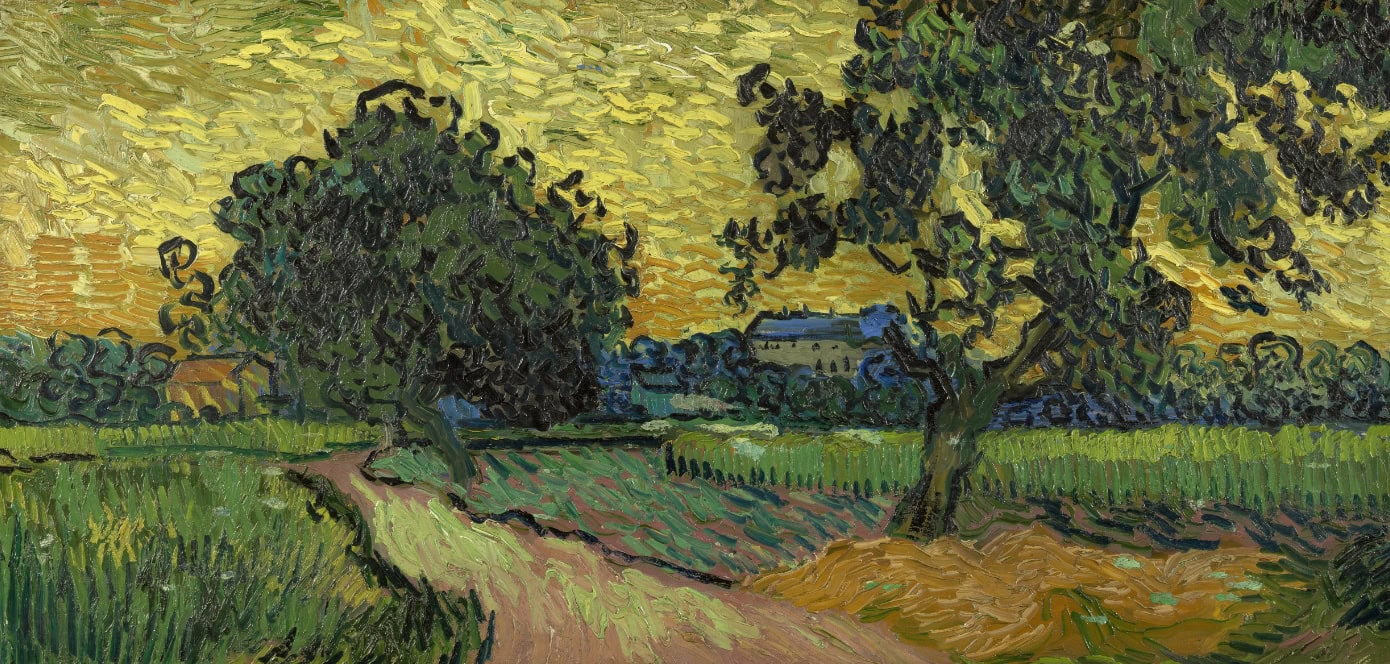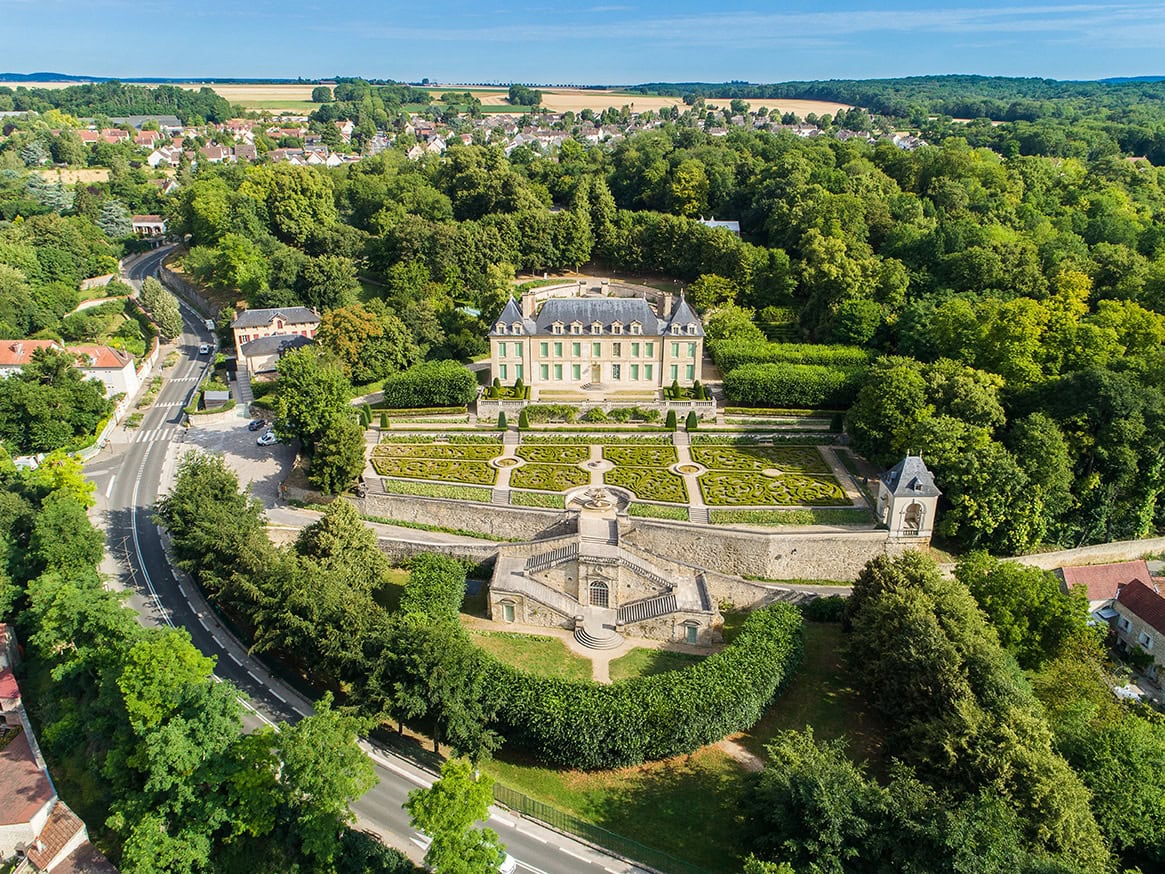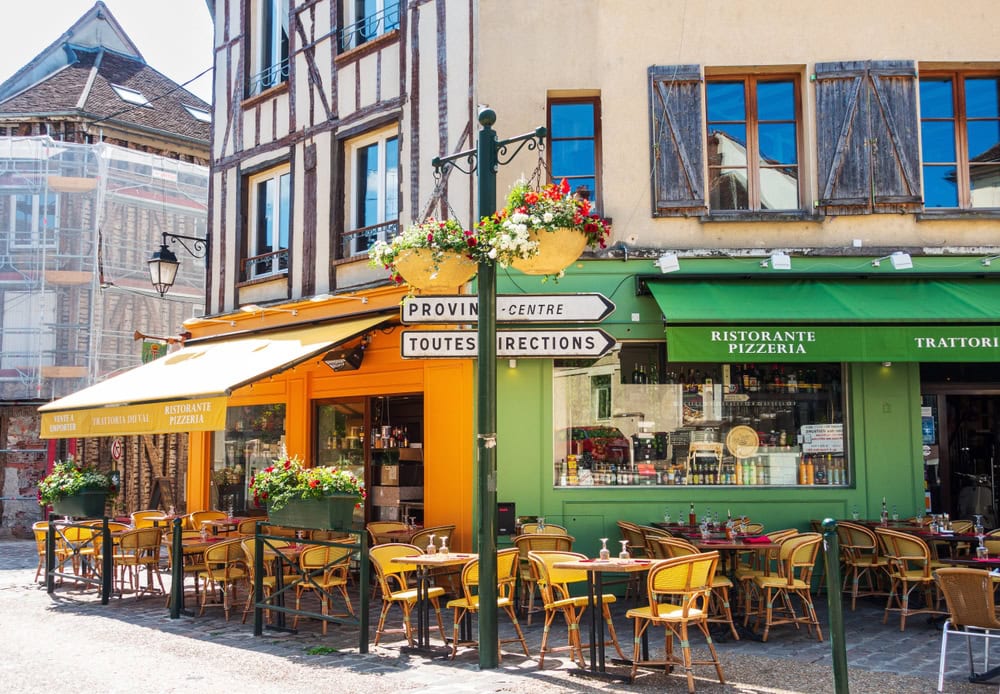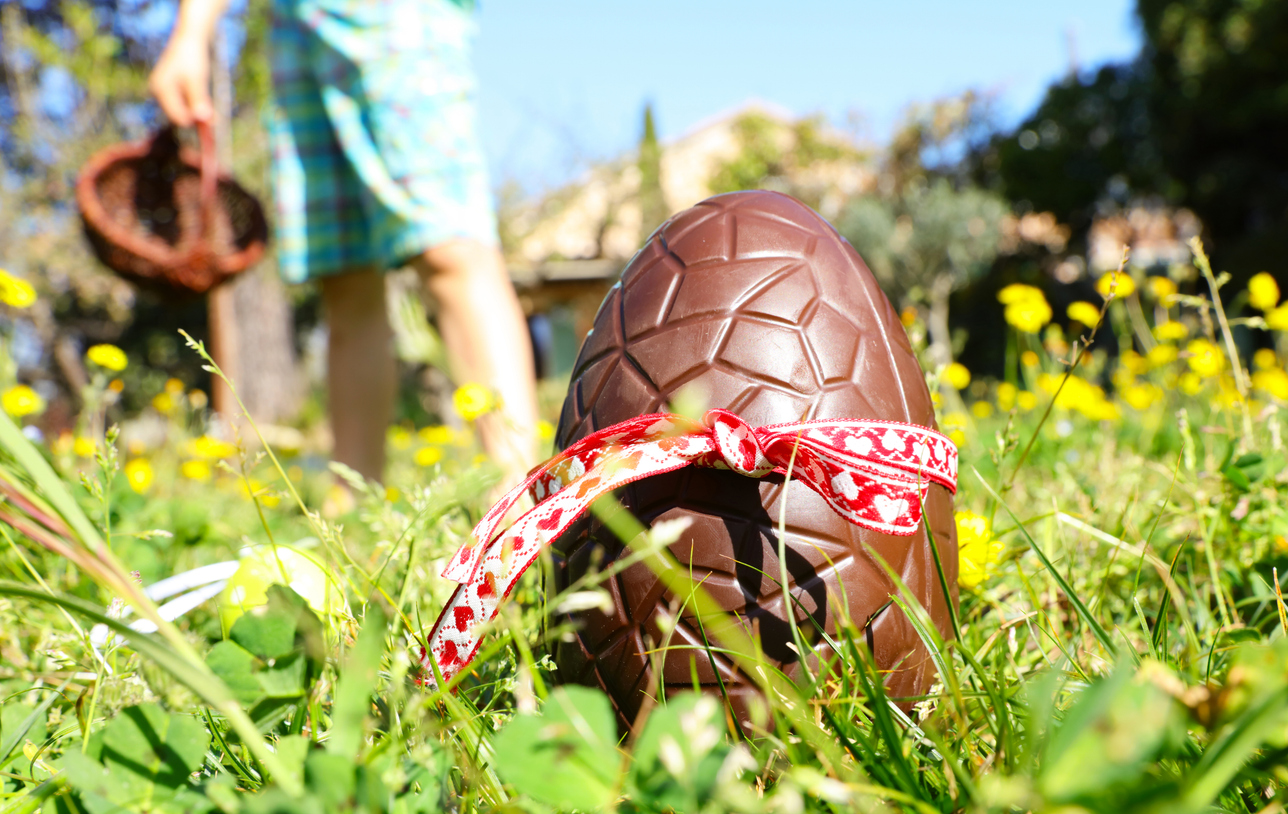
13 March 2024
Easter chocolate: origins, traditions and French craftsmanship
As Easter approaches, French chocolate shops are filling their windows with their finest creations. Eggs, rabbits, bells, and other chocolate figures catch the eye, promising moments of pure indulgence.
In this article, we explore the origins and meaning of Easter chocolate in France, highlighting the savoir-faire and traditions of French chocolatiers.
Origins and history of Easter chocolates
Easter chocolates have become a symbol of celebration and tradition in many cultures around the world. Their history, a blend of pagan rituals and Christian customs, s as rich and varied as the shapes and flavours they take today.
Pagan origins
The origins of Easter celebrations go back long before their adoption by Christianity, rooted in springtime and fertility festivals. Symbols like eggs and rabbits were already present in ancient pagan traditions, representing birth and abundance. Eggs, in particular, were dyed, decorated, and exchanged as gifts, a precursor to today’s Easter egg traditions.
The Christian appropriation
With the spread of Christianity across Europe, many pagan traditions were assimilated and reinterpreted through a Christian lens. Easter, celebrating the resurrection of Jesus Christ, became the most important feast in the Christian calendar. Eggs, long-standing symbols of new life and rebirth, were incorporated into the Easter celebration. Over time, the tradition of abstaining from eggs during Lent led to their blessing and distribution at its conclusion, further strengthening their association with Easter.
The invention of Easter chocolates
The appearance of Easter chocolates is relatively recent and dates back to advances in chocolate-making during the 19th century. Once a laborious and expensive process, chocolate production became more accessible thanks to technological innovations. In 1828, Coenraad van Houten’s invention of the chocolate press revolutionised the industry, making chocolate smoother, easier to work with, and more enjoyable to eat.
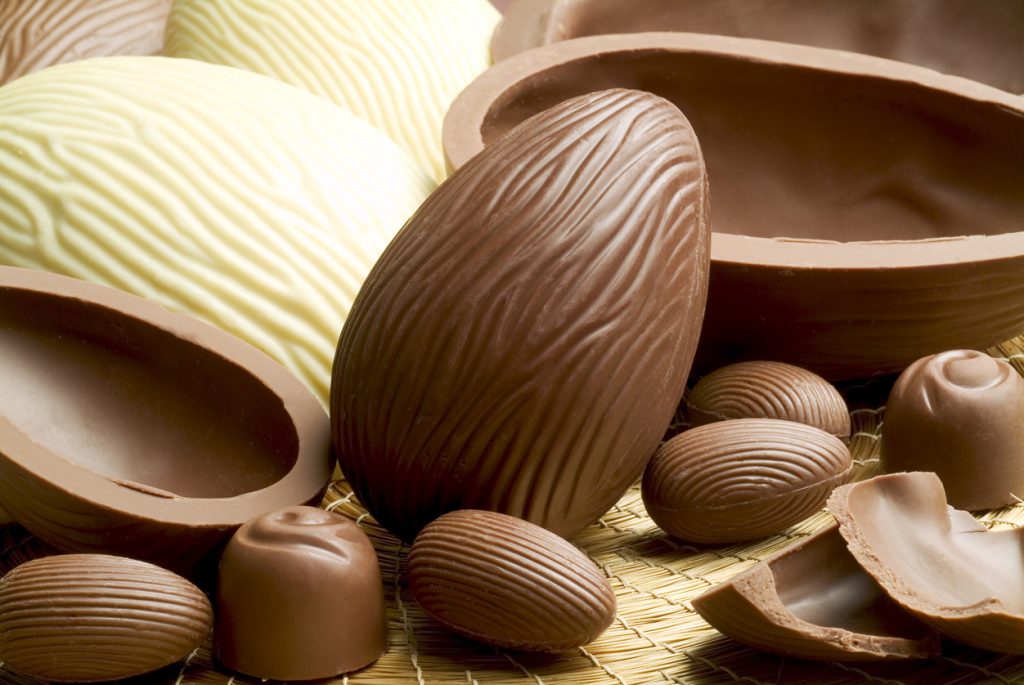
The first Easter chocolates were simple solid chocolate eggs. But as moulding techniques improved, manufacturers began producing hollow eggs that could be filled with surprises. These innovations transformed Easter chocolates into edible works of art, carefully crafted, beautifully decorated, and often elegantly packaged.
Modern Easter Chocolates
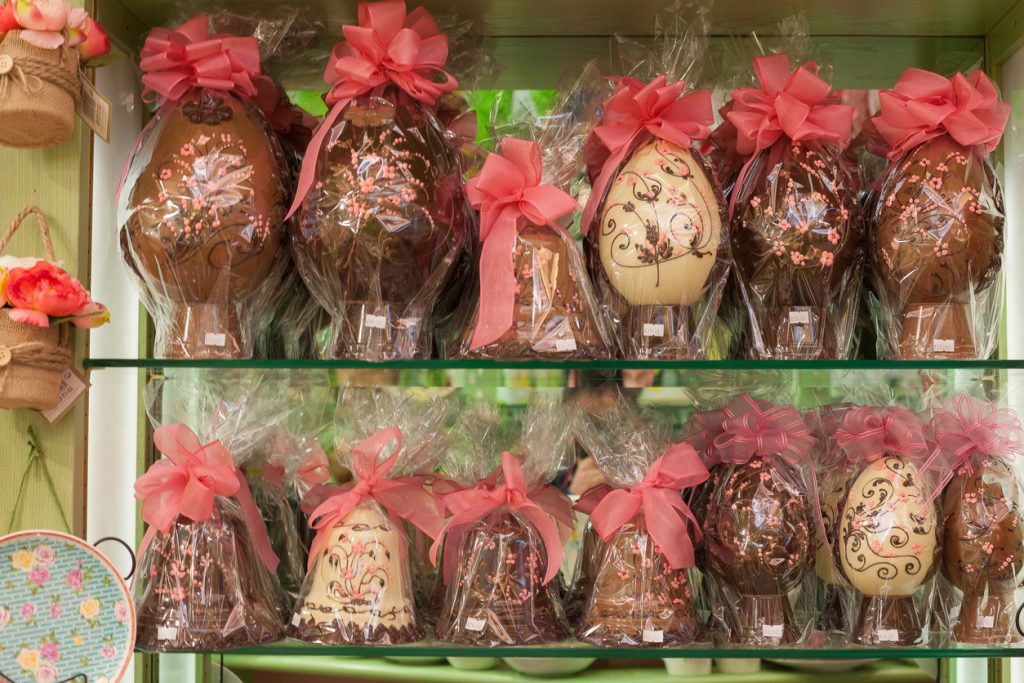
Today, Easter chocolates are an integral part of the celebration in many parts of the world. They come in a wide variety of shapes, from traditional eggs and rabbits to more elaborate, personalised creations. Chocolatiers compete for attention with inventive designs, high-quality chocolate, and imaginative fillings and flavours.
Easter chocolate, a delicious tradition
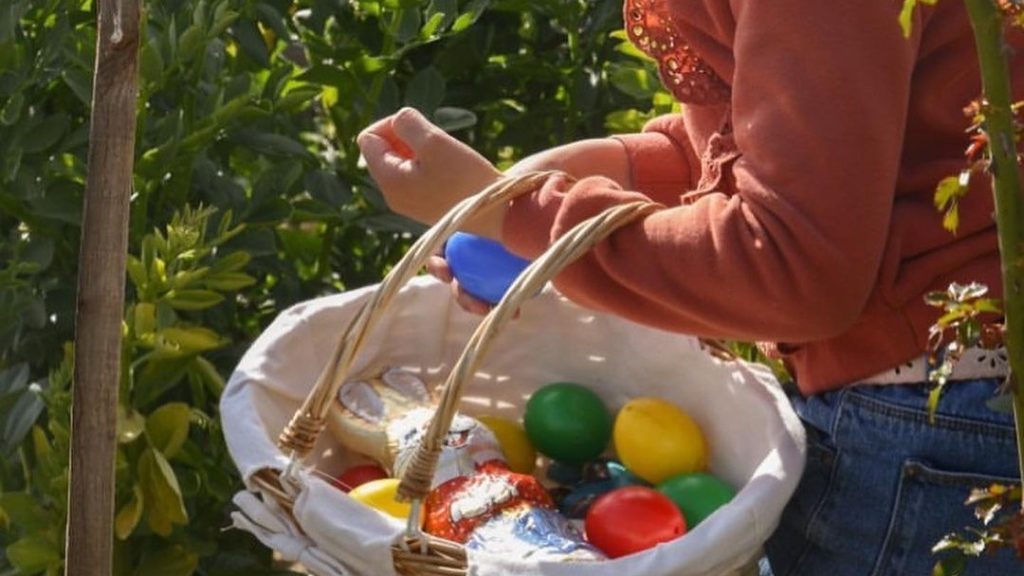
Over the centuries, this religious celebration has absorbed various popular traditions, including that of Easter chocolate. In France, chocolate has become an essential part of the holiday. Every year, both young and old eagerly await the moment they can indulge in these sweet treats.
French craftsmanship at the heart of tradition
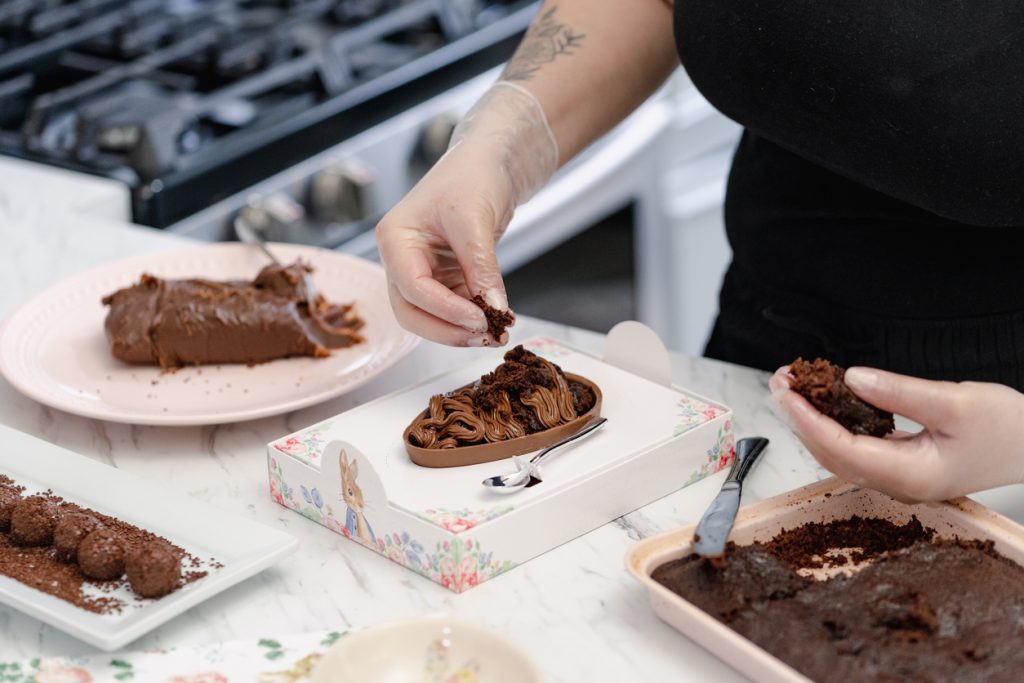
Beyond its delicious taste, Easter chocolate embodies the excellence of French craftsmanship. Chocolatiers across France draw on ancestral savoir-faire to create truly unique pieces. Each creation is the result of meticulous work, blending creativity with technical mastery. These artisans select the finest cocoa and refine textures and flavours to produce chocolates of exceptional quality.
Creativity, the hallmark of French craftsmanship
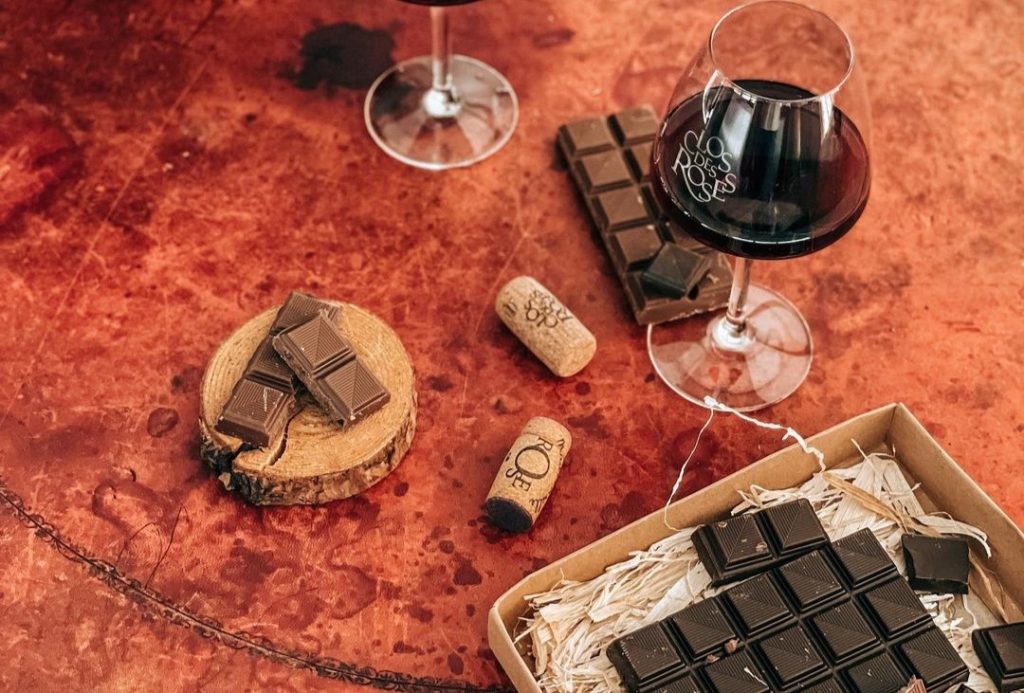
French chocolatiers aren’t content with simply reproducing traditional Easter shapes, they constantly innovate, offering original creations that surprise and delight. From eggs adorned with delicate patterns to chocolate figurines depicting spring scenes, these artisans’ imagination knows no bounds. Their creations reflect a living craft, one that continually reinvents itself while staying true to tradition.
Easter Chocolate: More Than Just a Treat
Choosing artisanal Easter chocolate also means supporting a responsible and ethical approach. More and more French chocolatiers are turning to fair trade cocoa and committing to environmentally friendly production methods. By buying their creations, consumers help promote a virtuous economic model, one that respects both cocoa producers and the planet.
Discover our 400 committed hoteliers and restaurateurs who work every day to shape a better future for tourism.
The Easter chocolate experience
Beyond the taste, buying Easter chocolate from an artisan is an experience in itself. Stepping into a chocolate shop means being greeted by enchanting aromas and the chocolatier’s passion for their craft. With personalised advice, stories behind the creations, and tastings, Easter chocolate becomes more than just a treat, it’s a true immersion into the world of chocolate.
Discover Easter traditions across Europe.
Sign up for our newsletter to stay up to date with the latest news and get inspired with gift and holiday ideas that make a difference. Join our community committed to tourism that mark the spirits, not the planet. Explore our gift shop and offer a present that keeps on giving, long after the Easter celebrations are over: an authentic, meaningful, and unforgettable Teritoria experience.
